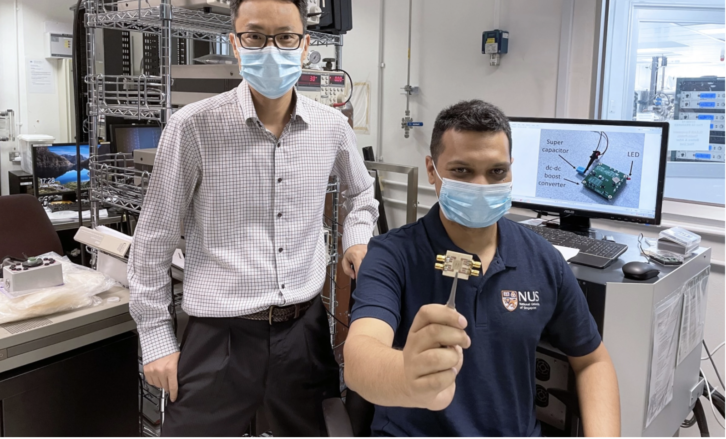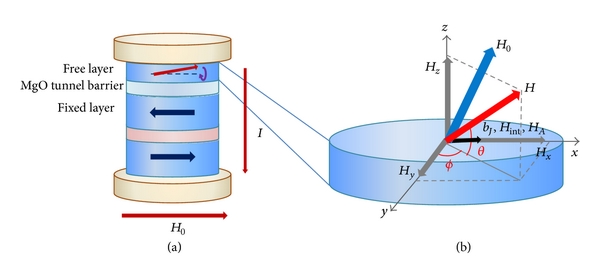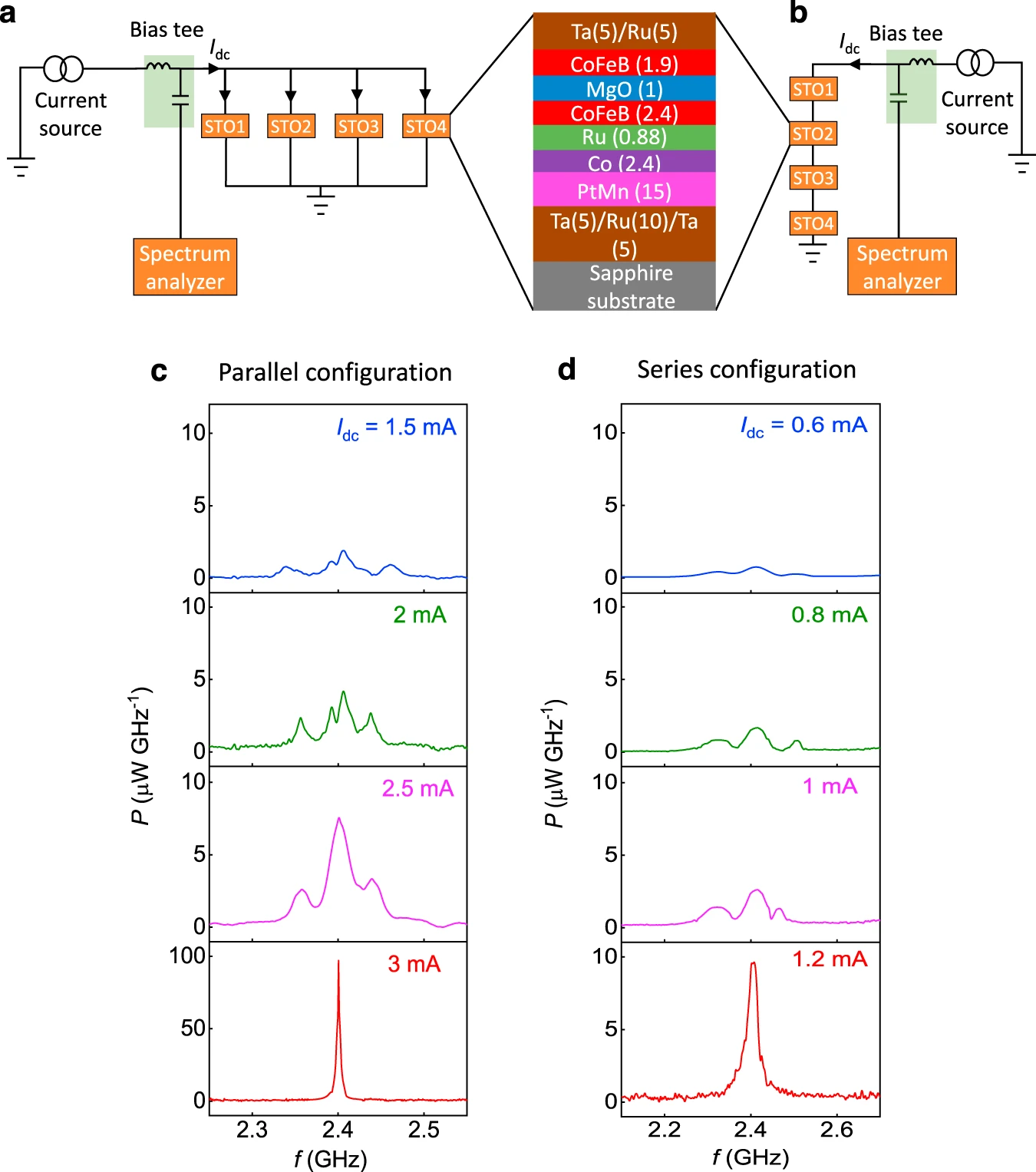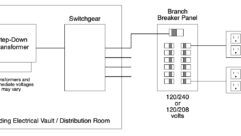
Remember when PoE seemed like it would never be a real thing in Pro AV. (I remember when real-time streaming felt like it would never be a thing). Here’s one of the things scientists are working on now.
 We’re surrounded by an untapped potential source of power and scientists have been trying to harvest power from our crowded thin air for years, starting with ambient radio waves and more recently Wi-Fi networks. Now, researchers at National University of Singapore (NUS) and Japan’s Tohoku University have demonstrated a new approach to harnessing these frequencies, developing a novel chip that can convert them into power for a small LED, and possibly other small electronics and sensors. So far the new class of relatively tiny devices known as spin-torque oscillators (STOs) can generate microwaves, but only have resulted ini low power outputs so far. So it begins.
We’re surrounded by an untapped potential source of power and scientists have been trying to harvest power from our crowded thin air for years, starting with ambient radio waves and more recently Wi-Fi networks. Now, researchers at National University of Singapore (NUS) and Japan’s Tohoku University have demonstrated a new approach to harnessing these frequencies, developing a novel chip that can convert them into power for a small LED, and possibly other small electronics and sensors. So far the new class of relatively tiny devices known as spin-torque oscillators (STOs) can generate microwaves, but only have resulted ini low power outputs so far. So it begins.
Scientists are joining several STOs together on a single chip to increase this power output, but they have run into trouble determining the optimal configuration, with efforts so far plagued by issues around spacing and low frequency responses. Now the authors of the new study designed and tested a new layout where eight STOs are connected in a series, which they say overcomes these issues.
The array was able to take 2.4 GHz radio waves generated by Wi-Fi signals and turn them into a direct voltage signal. This was passed onto a capacitor and used to light up a 1.6-volt LED. Charging the capacitor for five seconds enabled the LED to remain illuminated for a minute, even after the power supply was switched off.
“We are surrounded by Wi-Fi signals, but when we are not using them to access the Internet, they are inactive, and this is a huge waste,” says study author Professor Yang Hyunsoo. “Our latest result is a step towards turning readily-available 2.4 GHz radio waves into a green source of energy, hence reducing the need for batteries to power electronics that we use regularly. In this way, small electric gadgets and sensors can be powered wirelessly by using radio frequency waves as part of the Internet of Things. With the advent of smart homes and cities, our work could give rise to energy-efficient applications in communication, computing, and neuromorphic systems.”
The researchers will now try to boost the energy-harvesting ability of their technology by increasing the number of STOs in the array. They will also explore how it can be used to power other electronic devices and sensors.

The research was published in the journal Nature Communications.
Source: National University of Singapore









